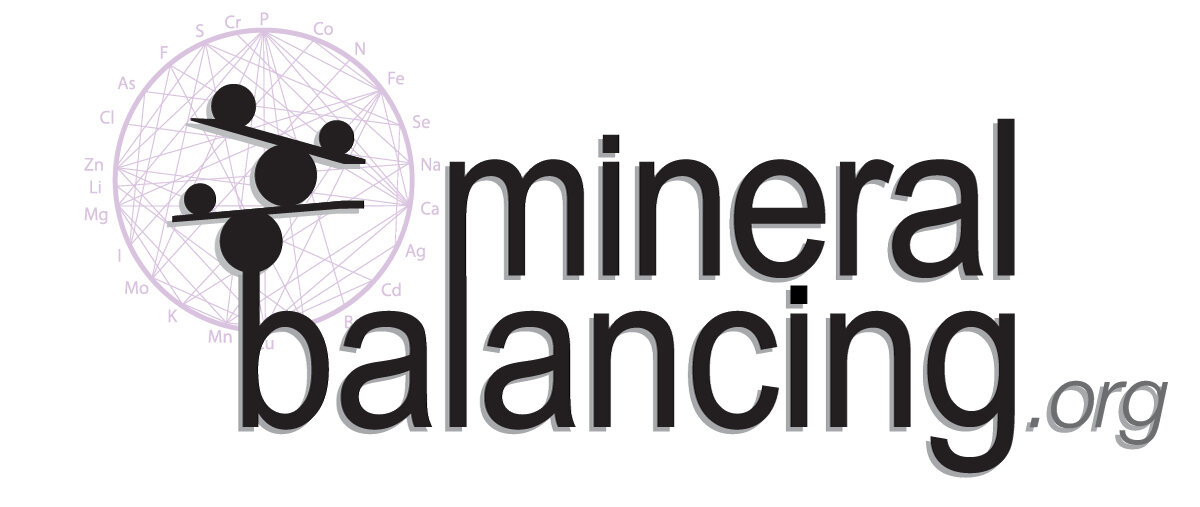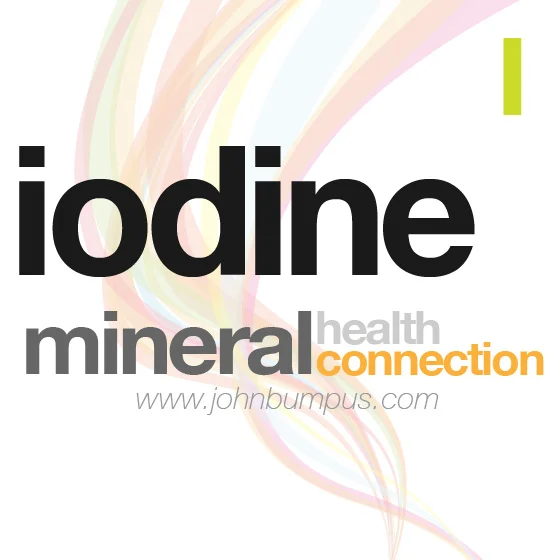Integrative Mineral Balancing Articles
Articles, Recipes, Holistic Health, Nutrition and Mineral Balancing Science.
Germanium (Ge)
While you may not have heard of this element, it has an exciting property that accepts and transmits electrons. Medicinally, it has been found to have antibiotic properties and is currently being studied for its use as a therapeutic agent. Biologically, germanium is a very efficient electrical impulse initiator intracellularly and functions as a metallic cofactor for oxygen.
Molybdenum for Copper Toxicity
The toxic effects of copper have been becoming more prevalent since the early ’80s. However, we have reached a point where the potential for copper excess is paramount. Estrogens, xenoestrogens, and increased copper retention in the kidneys, can contribute to a vicious cycle of estrogen dominance. As copper levels increase beyond healthy levels, the function of the liver becomes disrupted and can therefore no longer neutralise toxic chemicals or estrogen in the blood.
Aluminium (Al)
If our ancestors were considered to live in the Iron Age or Bronze Age, then we have been living in the Age of Aluminium for about 125 years. Aluminium was once thought to be inert in biological systems, but since we now live in a time where it is so rampant and used in much of our technological society, aluminium has been in the spotlight under much investigation.
Vitamin E
It has been estimated that by simply taking just 100 IU of vitamin E daily for those over 50 could save 5-6 billion dollars. Vitamin E is a fat-soluble nutrient that has eight active and naturally occurring plant constituents called tocopherols and tocotrienols. The various forms of vitamin E have overlapping and subtle biologic activities. Tocotrienols are less critical for biological physiology than tocopherols. Though tocotrienols have higher antioxidant activity than tocopherols, they have lower bioavailability following oral consumption.
Boron (B)
Boron is essential to life for all organisms including both plants and animals. Properties of boric acid include anti-fungal, antiseptic, and antiviral and mildly antimicrobial. Boron is critical in calcium metabolism and may influence the metabolism of copper, magnesium, potassium, phosphorus and vitamin D as well as specific enzymes.
Iodine (I)
A dietary deficiency of iodine is the single most significant cause of preventable brain damage and mental retardation. A lack of iodine is one of the most common nutritional deficiencies in the world.
Iodine, in combination with the amino acid tyrosine, link together to manufacture thyroid hormones. Thyroxine (T4) is much more abundant. However, it is not as biologically active as triiodothyronine (T3). Thyroid hormone speeds up metabolism and increases basal metabolic rate, in addition to controlling the rate of oxygen utilisation and releasing energy from energy-producing nutrients.
Calcium (Ca)
Calcium is the fifth most abundant mineral on Earth and is the top most abundant element in the human body. It is essential in the biosphere for all living beings on Earth. Calcium is one of the body's main electrolyte minerals. Over ninety per cent of the calcium in the body is stored in the bones and teeth, which function as reservoirs which calcium can be withdrawn as required for extra-skeletal functions. When combined with phosphate, a substance called hydroxyapatite is formed. Hydroxyapatite is the mineral portion of bones and teeth, in humans and animals, and some coral.
Selenium (Se)
Aside from its industrial applications, selenium is an essential trace nutrient. A deficiency in selenium is a severe obstacle in areas of the world where the soil contains little selenium such as the case in the United Kingdom, Australia, New Zealand and some areas of China among others. It has been estimated that over 1 billion people have a low selenium status.
Chromium (Cr)
Chromium is an essential trace mineral. In its trivalent state, it is critical for carbohydrate, lipid and nucleic acid metabolism. Chromium enhances the effects of insulin. Chromium activates phosphoglucosonetase and other enzymes. Chromium plays an important role in carbohydrate, fat and protein metabolism and has an impact on the expression of genes and nucleic acid synthesis.
Manganese (Mn)
Manganese is an essential trace element to all known living organisms. It is an activator of several metalloenzymes, including arginase, pyruvate carboxylase, glutamine synthetase, and one form of superoxide dismutase (SOD).
Manganese also functions as a non-specific enzyme activator and facilitates the synthesis of mucopolysaccharides (such as chondroitin sulfate), lipids and thyroxine. It helps prevent tissue damage caused by lipid oxidation and is an antioxidative transition metal. Manganese is part of the developmental process and the structure of the fragile ear bones.











